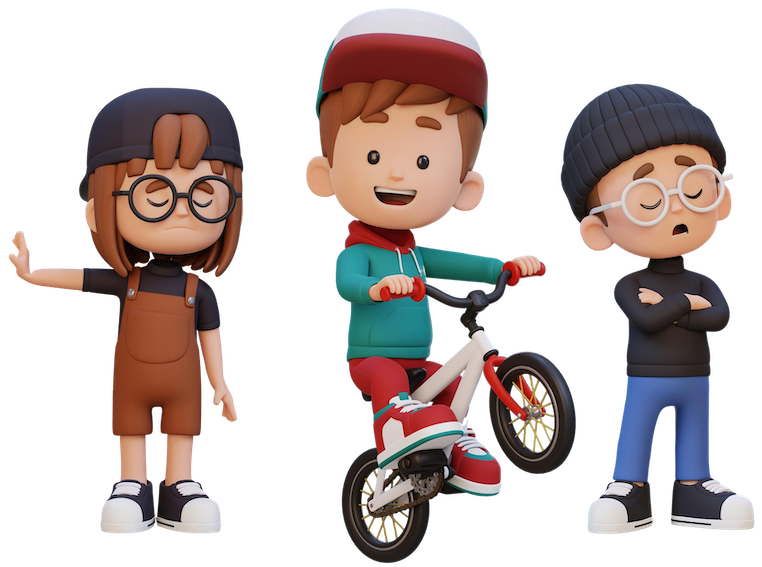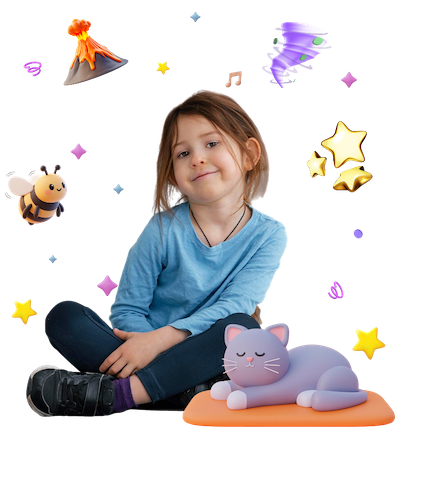Why Neuro-Affirming Emotional Education?
Emotional regulation and resilience looks different for every child. Traditional approaches assume all brains work the same way. The AURA Zones model recognises that children’s brains are beautifully diverse, and strategies must cater this diversity.













